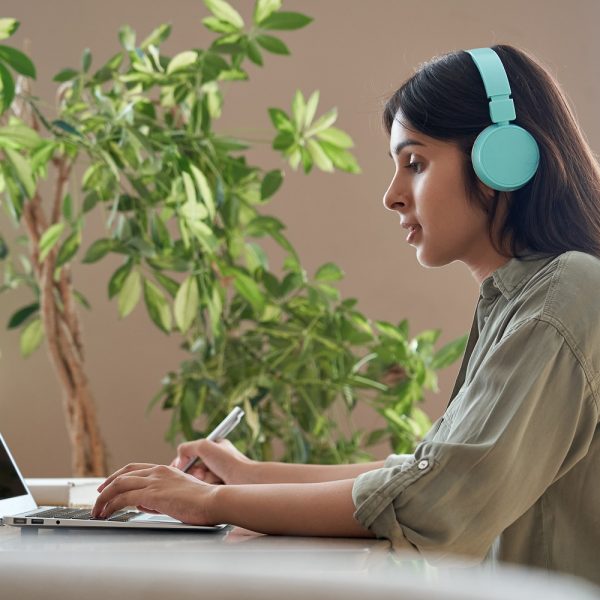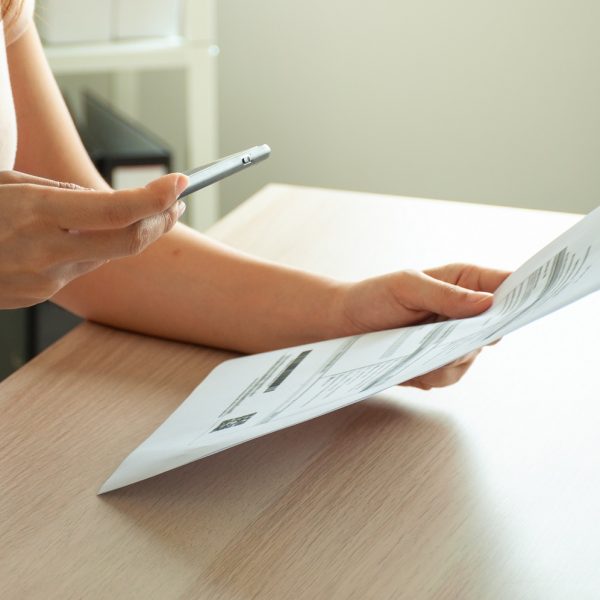Vico SmartBoard

Remote technology has been growing at an unprecedented pace. Internet speeds have gotten faster, hardware has gotten cheaper, and the recent COVID-19 pandemic has cemented the need for workable “remote access” technology. We’ve mentioned in previous articles that tutoring might be difficult to acquire, expensive, and potentially against current COVID-19 protocols, but what if there was a way to access remote tutoring?
Google Classroom

Digital classroom-management apps have been growing in popularity over the past few years, and even more so during the recent covid-19 pandemic. These apps allow teachers or parents to easily create and manage classroom content such as tests, quizzes, assignments etc. There are lots of classroom management apps available to choose from right now, but today we are going to take a quick look at Google’s classroom app, Google Classroom.
How to: Scan from Microsoft Lens to OneNote (iOS)

Do you use Microsoft Lens? Today we’ll explain how you can scan from your Microsoft Lens to OneNote on your iOS device.
Egenda: A Virtual Agenda App

Paper agendas are a great way to stay organized, but for a lot of students, working with paper is not always ideal. App-based agendas are much more accessible, and they give students with learning disabilities the ability to take advantage of built in features such as speech-to-text, text-to-speech, etc. And, going virtual over paper means that users don’t have to worry about remembering to bring their agenda, so as long as the student has a smart phone, they’ll have everything they need to stay organized and on top of their assignments.
How to: Use Microsoft Lens’s Immersive Reader (iOS)

Read our simple 10-step instructions for using Microsoft Lens’s Immersive Reader on iOS devices.
I Can Communicate!

Today, we’re going talk about an AAC (Augmentative and Alternative Communication) app for Android, but first, let’s talk a bit about AAC, because it’s not the most commonly used piece of assistive technology out there, and there’s lots of people who have never seen these devices before. AAC stands for Augmentative and Alternative Communication and it refers to any communication device, system, strategies, or tools that replace or support speech. AAC can support a range of speech disorders that could be related to an acquired disorder, developmental disabilities, or a wide range of other speech impediments.
How to Use ClaroPDF to Scan and Read Aloud (iPad)

Here is how you can use ClaroPDF to scan and read aloud on your iPad.
myHomework

For many students, properly planning, organizing, and completing their homework is one of the bigger obstacles they’ll face in school. This is especially true for students who struggle with attention-based challenges such as ADHD or other executive functioning disorders. Of course, every student is typically given a paper agenda/calendar at the beginning of the school year, but what if the student struggles with print-based disabilities, or they simply lose or don’t use their paper agenda? As we’ll see from the app that we are going to be looking at today, there are many advantages to planning digitally, and these advantages extend to all users regardless of their learning ability.
Ulysses Writing App

Ulysses is a markup-based mobile word processor that’s designed to be distraction free, easy to use, but still packed with powerful writing features. Essentially, the app is designed to be used via keyboard only, so writers can stay in the flow and not have stop to worry about formatting. Headings, bold, italics, and other formatting is marked with characters instead of being toggled by buttons as with most text editors (hence the term “markup-based”). This has some great potential for individuals who are prone to distraction, as it encourages writers to focus on writing rather than formatting.
How to: Use Mathway (a problem-solving app)

Mathway is a problem-solving app designed to not only solve math equations but to also explain the steps required to arrive at the correct answer. This can be especially helpful for students who are learning at home, for those who do not have access to a tutor, or even for adults who simply wish to check their math. Whatever the case may be, math apps such as the one we’re looking at today are invaluable tools for those who struggle with math, as they allow learners to double check their answers as well as their methodology.



